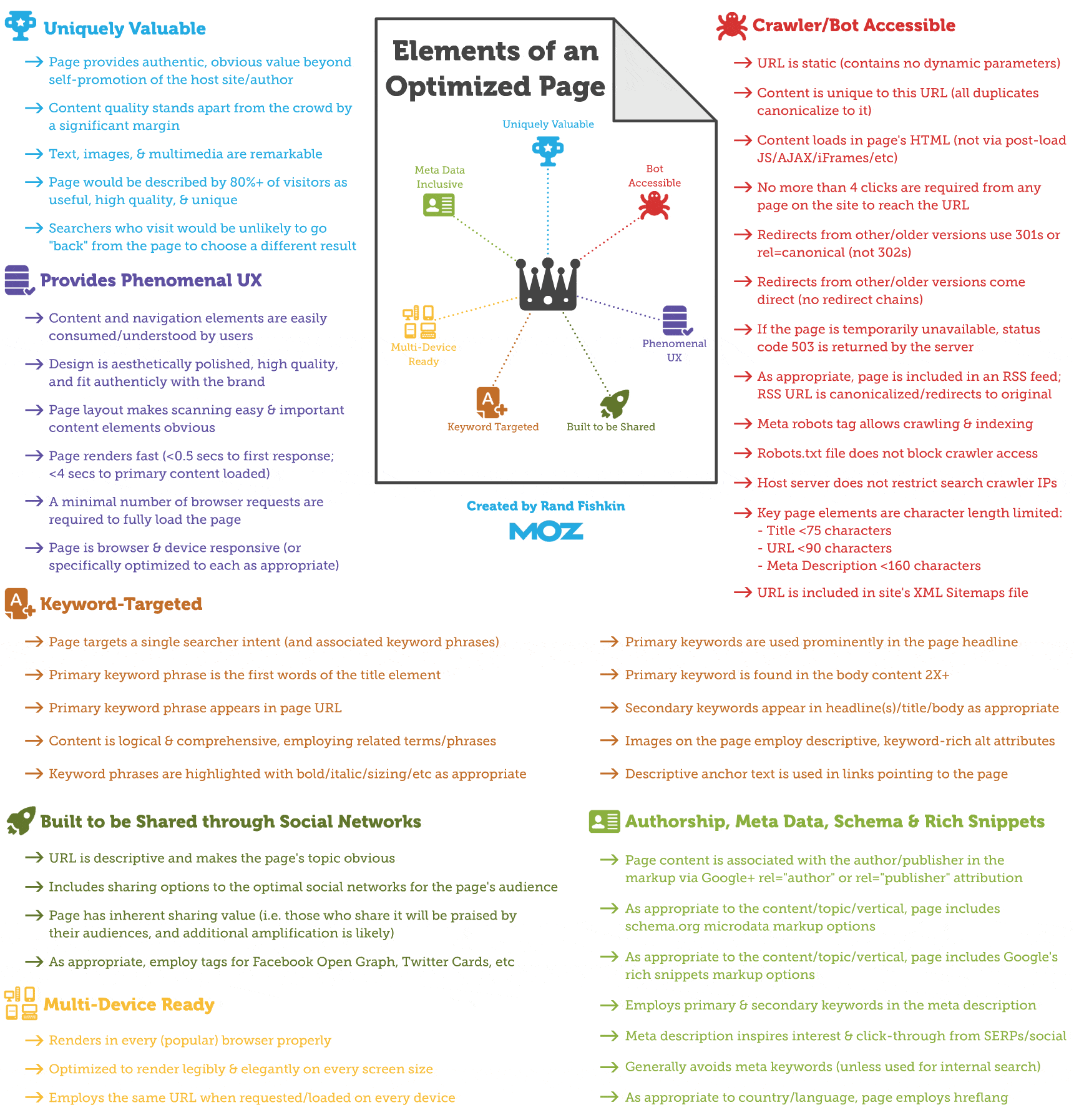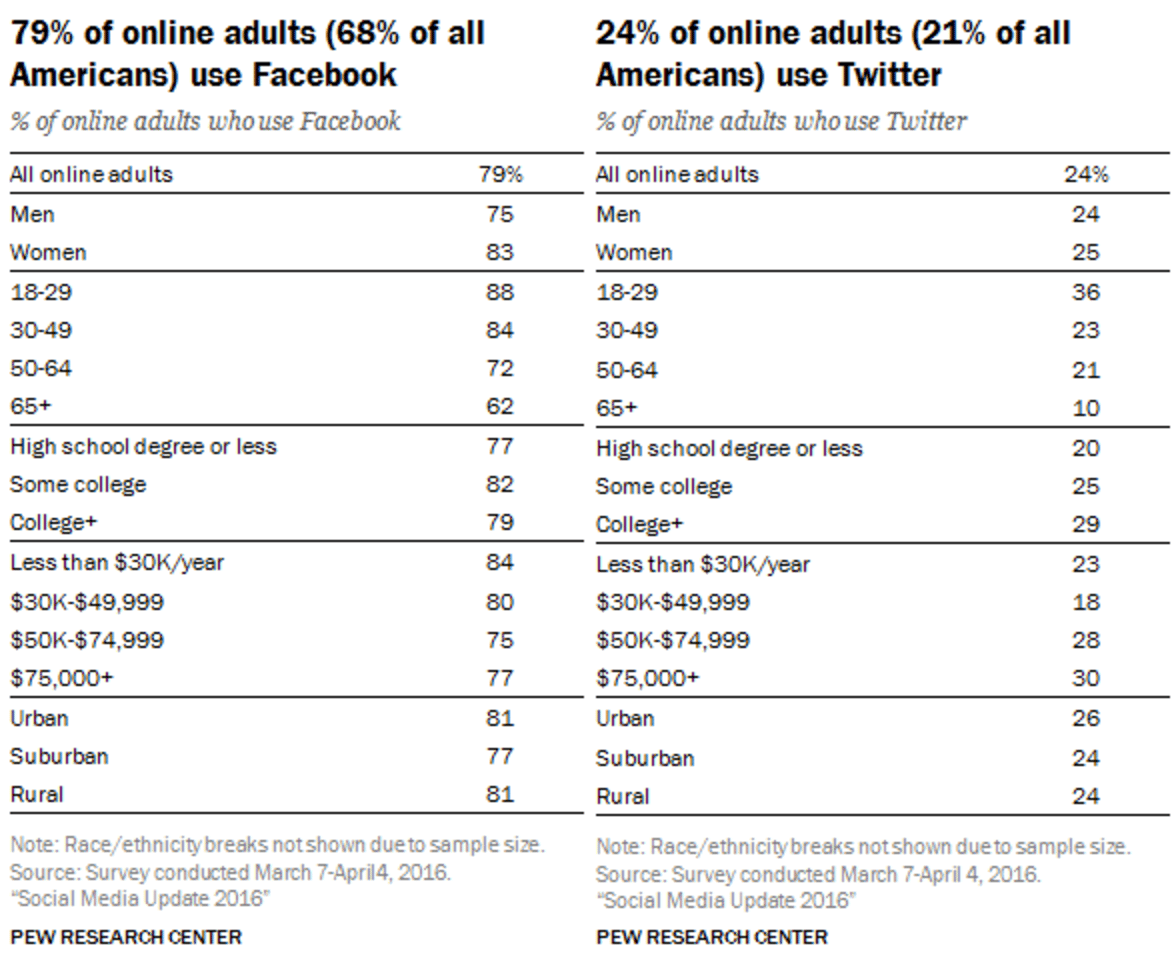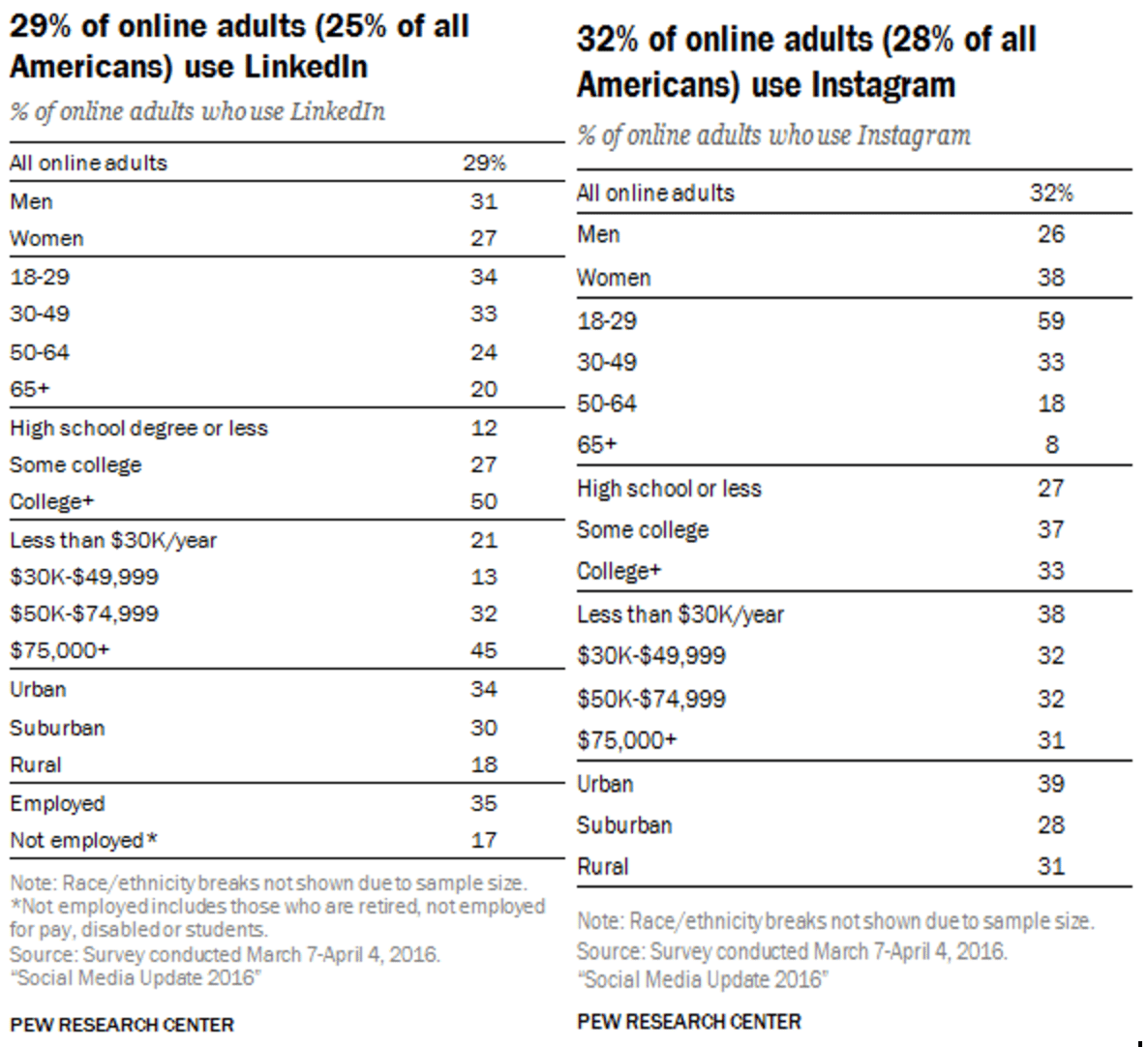Creating high-quality content is only the beginning of driving a solid content marketing game plan. And there is never an absolute guarantee that your expectations of driving organic website traffic growth, virality, leads and sales will always fall into place either.
What exactly does it mean to promote your content? More specifically, what are the different ways companies can take advantage of distributing their content pieces for maximum exposure with hopes of positively impacting business objectives?
In this post, I’ll cover a few powerful ways companies can build a killer content distribution strategy…
1) Optimize Each Content Piece
SEO can go a long way and takes time to yield the type of results you want in terms of ranking well within search engines and growing your organic traffic. However, the more content you create, the more you’ll see quick wins and here’s how:
- Put in the time to research specific topics that are popular within your niche. Use a tool like BuzzSumo to help. Know that SEO isn’t just about making sure you have all of your metadata in place, but that you’re also putting in the time to research content topics that will help move the needle too (i.e. writing about topics your target audience actually cares about).
- Leverage keyword research tools such as Wordtracker and SpyFu. Note that if you’re in a competitive market, you’ll want to take advantage of long-tail keywords while also making sure that you have the higher volume keywords intermixed with your strategy too.
- Make use of link relevancy – meaning that you link to other relevant pages on your website within your blog posts or longer form content assets and you also link to outside relevant sources as well.
Depicted in the image below by Moz is a more elaborate layout of elements you should be aware of when executing on-page optimization:

2) Influencer Outreach
Implementing tactics and strategies such as guest blogging, building relationships with journalists and co-marketing partnerships are all great ways to gain more exposure with your brand, while also distributing high-quality content. Here are a few quick tips to help:
- BuzzStream is one of my favorite tools to use when it comes to researching influencers and doing outreach. For instance, you can upload a list of URLs and this tool will then find contact information, website stats and social metrics for you.
- HARO (Help a Reporter Out) is a great way to work directly with journalists especially because you get emailed daily requests from reporters/journalists of specific content that they need. You can then pitch them if their requests align with your field of work.
- Leverage social networks your target influencers are most active on. I’m a huge fan of LinkedIn as you can easily send out direct inMails and also connect with like-minded individuals. Doing so allows you to build meaningful relationships and look at different ways you can run co-partnered marketing programs (e.g. webinars, contests, challenges, courses, events, etc.).
- Triberr provides a place where bloggers and influencers come together to read and share great content. You can also create an influencer campaign directly within Triberr for free.
3) Being Present Where Your Target Audience Is Online
Knowing where your target audience hangs out within the digital-sphere will help ensure that you are able to participate in any conversations happening while also utilizing your content assets as the leading way to ‘help’ with any major pain points.
A few ways to discover the demographical breakdown of social networks and sites is to do some research. Here’s the demographical breakdown for the following social sites:
- Reddit: 71% of Reddit news users are men, 59% are between the ages of 18 and 29. They are heavy Internet users with 47% constantly online. (Source)
- Here’s the demographic skews for Facebook, Twitter, Instagram and LinkedIn:


Additionally, blog and article commenting may seem like a thing of the past, but if executed authentically, you can yield some great results. Some of those results may end up fostering your influencer outreach efforts.
And lastly, consider something as simple as answering questions on Quora. This is a great way for you to showcase your expertise without having to oversell yourself. It is also a great way for you better understand the types of questions being asked within your niche and target audience. You can then take those questions, turn them into different content pieces (e.g. infographics, guides, checklists, blog posts, etc.) and share them as a part of answering questions on Quora.
4) Push Email Marketing
Use an existing subscriber list to (be it customers or prospects) to distribute monthly newsletters and also promote downloadable content pieces. Where email becomes even more effective is when you’re able to take your segmentation down to a more hyper-personalized approach. For example, knowing exactly the content types and topics your subscribers are most interested in consuming. From there, you can then make sure you only send them what they care most about reading and engaging with. This will encourage them to further share out your content pieces to their network as well.
Here are a few email marketing stats to be aware of:
- Segmented and targeted emails generate 58% of all revenue.
- The open rate for emails with personalized message was 17.6%, compared to 11.4% without personalization.
- The ability to segment email lists and individualize email campaign messaging are the most effective personalization tactics for 51% of marketing influencers.
5) Utilizing Automation
Be more productive by automating manual tasks. Let’s say you share out a piece of content and someone visits your website to download that piece of content – rather than manually sending a follow up email, automate. More specifically, you can create an entire workflow to nurture new leads that come in from your content distribution efforts.
Before you invest in a marketing automation tool, make sure you weigh out the different options available and that you’re also clear on what you’re trying to accomplish. For instance, if your goal is to ensure that you have email campaigns set up with dedicated workflows to nurture leads and customers, then you may not want to invest in a full-fledged automation software. In this case, check out tools such as Drip, MailChimp, Infusionsoft, and Knowtify.
On the other hand, if you’re looking to everything from reporting, social media updates, manage campaigns, track lead scoring, build out landing pages, and so on, then exploring solutions such as HubSpot, Pardot, Act-On, and Marketo would be up your alley.
6) Repurposing Content Pieces
Revive older content pieces by doing the following:
- Turning blog posts into infographics
- Gathering similar blog posts and turn them into a nicely designed eBook
- Extrapolate a white paper into multiple blog posts
- Take your webinar slides and put them up on SlideShare
- Distribute the same piece of content anywhere between 5-7 times by quoting different assertions and tips
As you can see, the ideas of how you can and should creatively repurpose your content assets are vast. If you’re not sure exactly where to start, then take a look at your analytics and see which content piece has high popularity (e.g. traffic, shares, comments, engagement, etc.) – from there, take that content piece and turn it into another asset that helps expand its lifecycle.
Other ways to repurpose your content is to share them on sites like LinkedIn’s Pulse, Tumblr and Medium. Make sure you direct traffic back to the original post on your website so readers can easily visit your site without having to search around for it.
7) Paid Avenues
Don’t discount SEM (search engine marketing) when it comes to marketing and distributing your content. This is a surefire way to get your message in front of the right audience through sophisticated targeting methods that ad platforms offer.
Start with a modest budget of $500/mo. and gradually increase it as you continue to see the results you want, i.e. generated leads, subscribers and sales. Make sure you are also creating multiple ad assets to vary up the messaging and visual aspects. Doing so will help you see what resonates best with your target audience so you can stop running the ad assets that aren’t converting.
Here are a few paid avenues you should check out:
Each will enable you to target your audience and do so based on what you’re trying to achieve such as impressions, clicks, video views, and so on. Be sure to research which ones will be the best fit in terms of alignment with your objectives and push to start off with 3 rather than using all to advertise your content.
Final Thoughts
The key to succeeding with content distribution is to be consistent and tie your efforts with tangible KPIs (key performance indicators). Whether you want to increase brand awareness or generate leads or both, know that going the organic or paid route with distributing your content will take time. So be realistic with setting expectations and more importantly, be clear on creating a roadmap that aligns with positively impacting business objectives too.






One Response